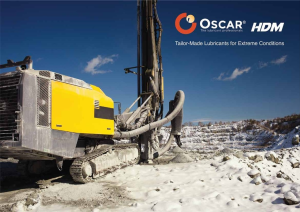
Carbon black, a versatile and widely used material, is produced through various manufacturing processes and technologies, each offering unique advantages and applications. From traditional furnace black to modern gas-phase processes, carbon black manufacturer has evolved to meet diverse market demands while optimizing efficiency and sustainability.
Furnace black process
The furnace black process is one of the oldest and most traditional methods of carbon black production. It involves the incomplete combustion of hydrocarbons, typically natural gas or oil, in a controlled environment. The process generates carbon black particles, which are then collected, cooled, and processed to achieve desired properties. Furnace black is known for its high structure and particle size distribution, making it suitable for reinforcing rubber compounds, pigments, and various industrial applications.
Thermal black process
The thermal black process is a variation of the furnace black process, characterized by higher temperatures and longer residence times in the combustion chamber. This results in the formation of carbon black particles with higher surface area and greater porosity, leading to improved reinforcing properties and increased tinting strength. Thermal black is commonly used in high-performance rubber compounds, printing inks, and specialty applications requiring superior reinforcement and color intensity.
Lamp black process
The lamp black process, also known as the channel black process, involves the incomplete combustion of natural gas or oil in a closed chamber equipped with a series of narrow channels or passages. The carbon black particles are deposited on the walls of the channels, where they accumulate and are periodically scraped off and collected. Lamp black typically has a lower surface area and structure compared to furnace black, making it suitable for applications requiring lower reinforcement levels and cost-effective pigments.
Gas-phase processes
Gas-phase processes, such as the acetylene black and thermal decomposition methods, involve the decomposition of gaseous hydrocarbons or carbonaceous precursors in a controlled environment to produce carbon black particles. These processes offer advantages such as precise control over particle size, structure, and surface chemistry, as well as lower emissions and environmental impact compared to traditional furnace black methods. Gas-phase carbon blacks are used in specialty applications requiring high purity, controlled morphology, and tailored surface properties, such as conductive additives, battery materials, and advanced composites.
Sustainable technologies
In recent years, there has been growing interest in developing sustainable carbon black manufacturing technologies that minimize environmental impact and resource consumption. Innovations such as bio-based feedstocks, renewable energy sources, and carbon capture and utilization technologies aim to reduce greenhouse gas emissions, energy intensity, and waste generation in carbon black production.




